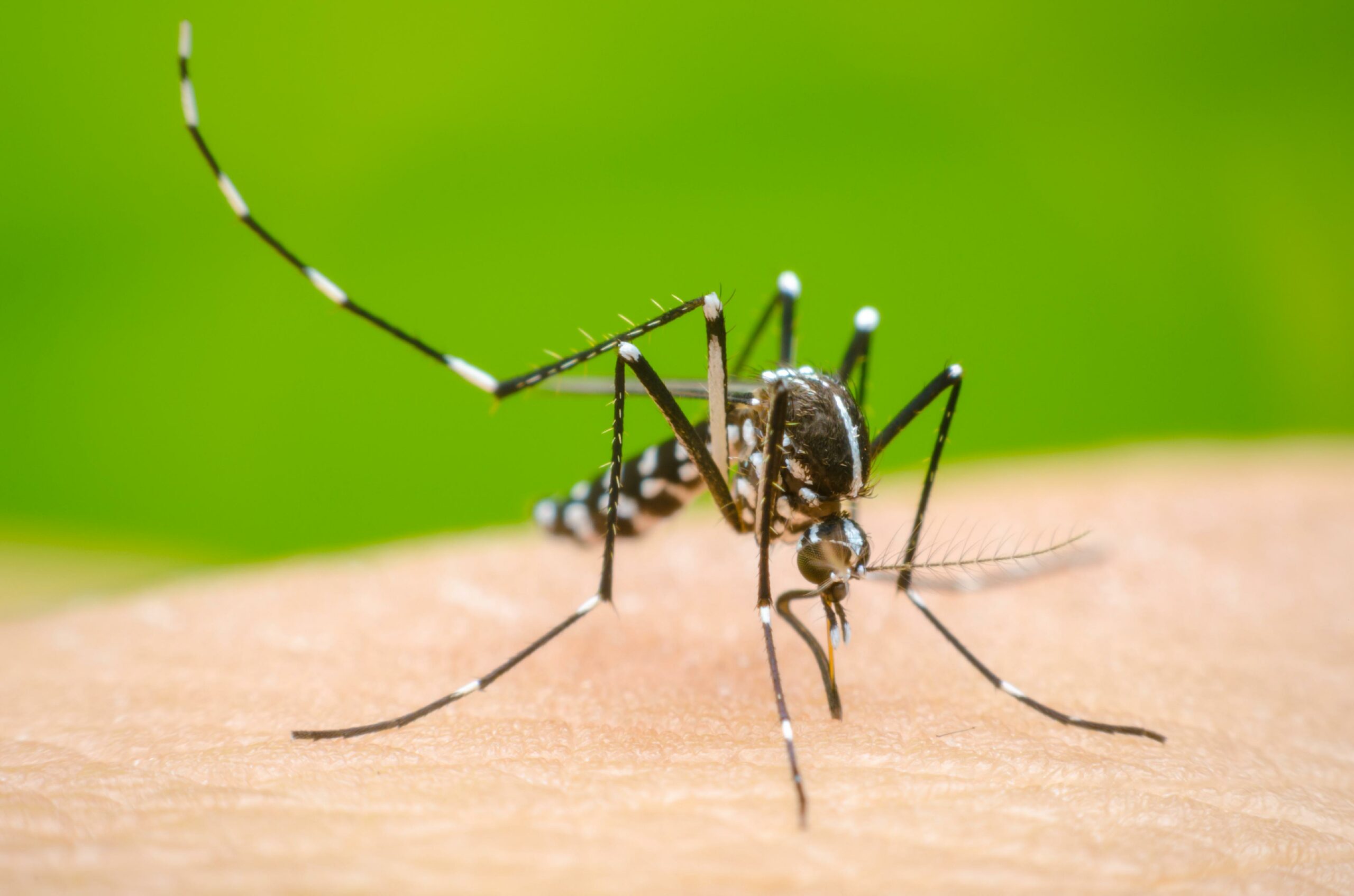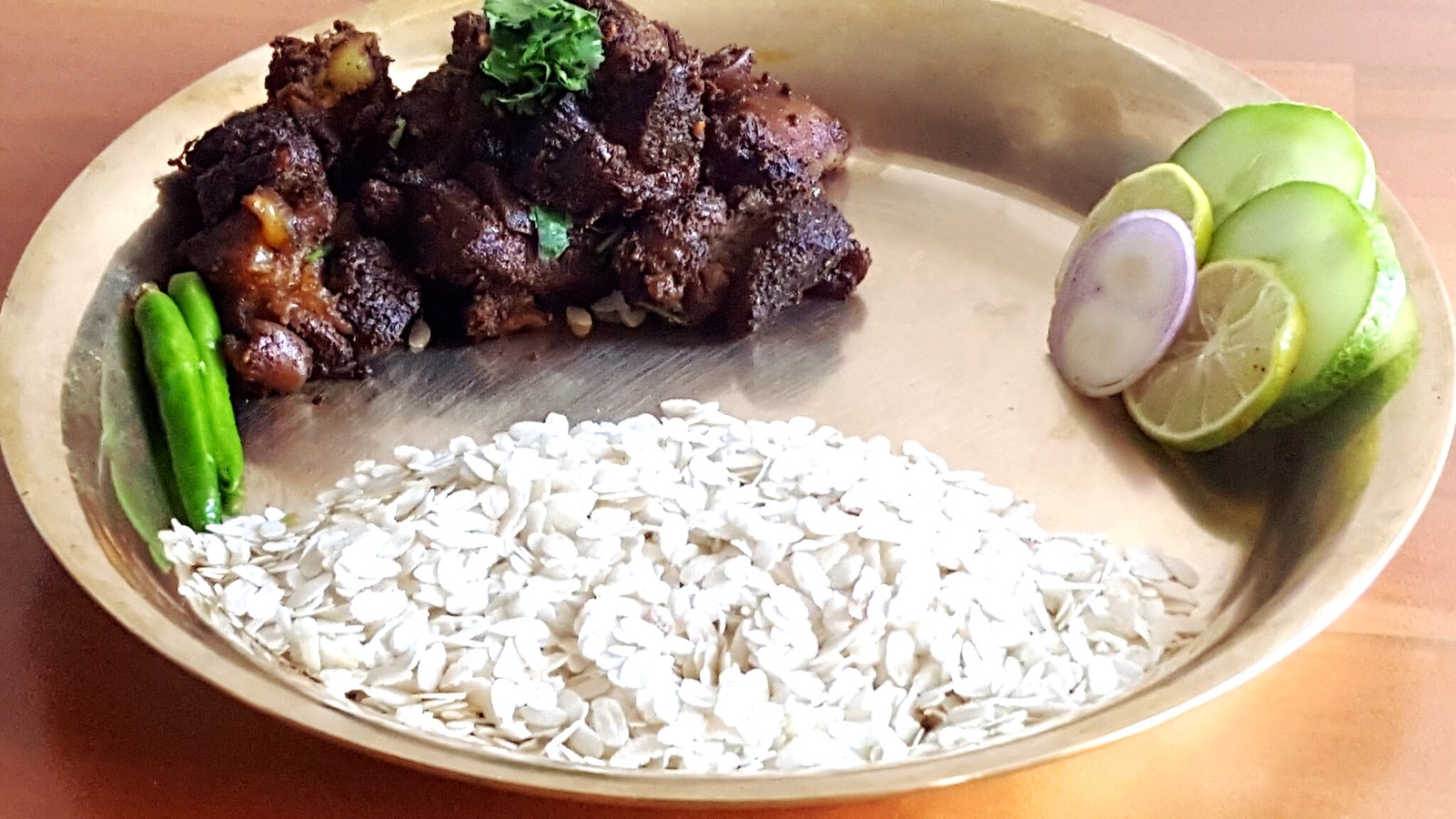Nipah virus: Urge to be careful in Nepal, how to avoid infection

ITAHARI: SEPT. 14 – The Ministry of Health and Population has urged the public to remain alert to the possible risk of Nipah Virus (NIV) infection after its outbreak was reported in neighbouring India.
The Epidemiology and Disease Control Division has requested to inform the suspected patients in 118 hospitals and health institutions of the country even though no infection has been confirmed in Nepal so far.
According to MOHP, though the virus has so far been not detected in the country, the risk remains large. The fruit bat is the natural host of the virus and it is transmitted to pigs, cattle and then to humans.
In May 2018, Nipah virus infection was also confirmed in Kerala. At the time, 17 people had died from the virus.
What is the Nipah virus?
Nipah virus, scientific name Nipah henipavirus, is a bat-borne virus that causes Nipah virus infection in humans and other animals, a disease with a high mortality rate. Numerous disease outbreaks caused by the Nipah virus have occurred in South and Southeast Asia. Nipah virus belongs to the genus Henipavirus along with the Hendra virus, which has also caused disease outbreaks.

Evolution
The most likely origin of this virus was in 1947 (95% credible interval: 1888–1988). There are two clades of this virus—one with its origin in 1995 (95% credible interval: 1985–2002) and a second with its origin in 1985 (95% credible interval: 1971–1996). The mutation rate was estimated to be 6.5 × 10−4 substitution/site/year (95% credible interval: 2.3 × 10−4 –1.18 × 10−3), similar to other RNA viruses.
Emergence
The first cases of Nipah virus infection were identified in 1998, when an outbreak of neurological and respiratory disease on pig farms in peninsular Malaysia caused 265 human cases, with 105 deaths. The virus itself was isolated the following year in 1999. This outbreak resulted in the culling of one million pigs. In Singapore, 11 cases, including one death, occurred in abattoir workers exposed to pigs imported from the affected Malaysian farms. The Nipah virus has been classified by the Centers for Disease Control and Prevention as a Category C agent.
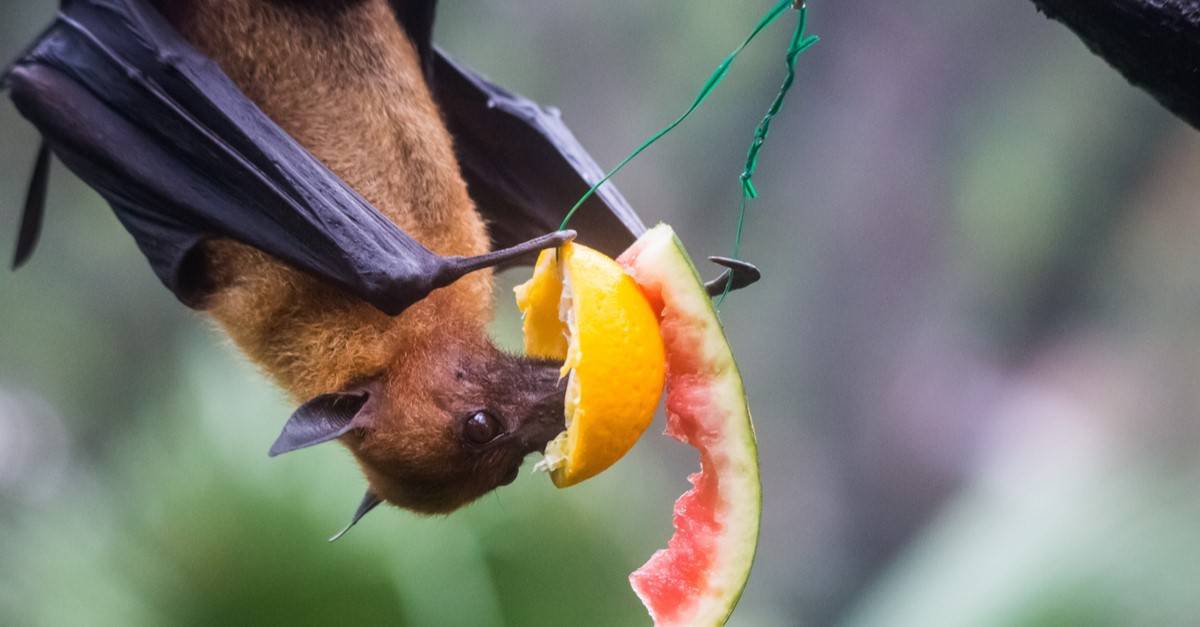
The name “Nipah” refers to the place, Sungai Nipah in Port Dickson, Negeri Sembilan, the source of the human case from which the Nipah virus was first isolated. Nipah virus is one of several viruses identified by WHO as a likely cause of a future epidemic in a new plan developed after the Ebola epidemic for urgent research and development before and during an epidemic toward new diagnostic tests, vaccines and medicines.
The outbreak was originally mistaken for Japanese encephalitis, but physicians in the area noted that persons who had been vaccinated against Japanese encephalitis were not protected in the epidemic, and the number of cases among adults was unusual. Although these observations were recorded in the first month of the outbreak, the Ministry of Health failed to take them into account and launched a nationwide campaign to educate people on the dangers of Japanese encephalitis and its vector, Culex mosquitoes.
Outbreaks of disease
Nipah virus infection outbreaks have been reported in Malaysia, Singapore, Bangladesh and India. The highest mortality due to Nipah virus infection has occurred in Bangladesh, where outbreaks are typically seen in winter. Nipah virus first appeared in 1998, in peninsular Malaysia in pigs and pig farmers. By mid-1999, more than 265 human cases of encephalitis, including 105 deaths, had been reported in Malaysia, and 11 cases of either encephalitis or respiratory illness with one fatality were reported in Singapore.
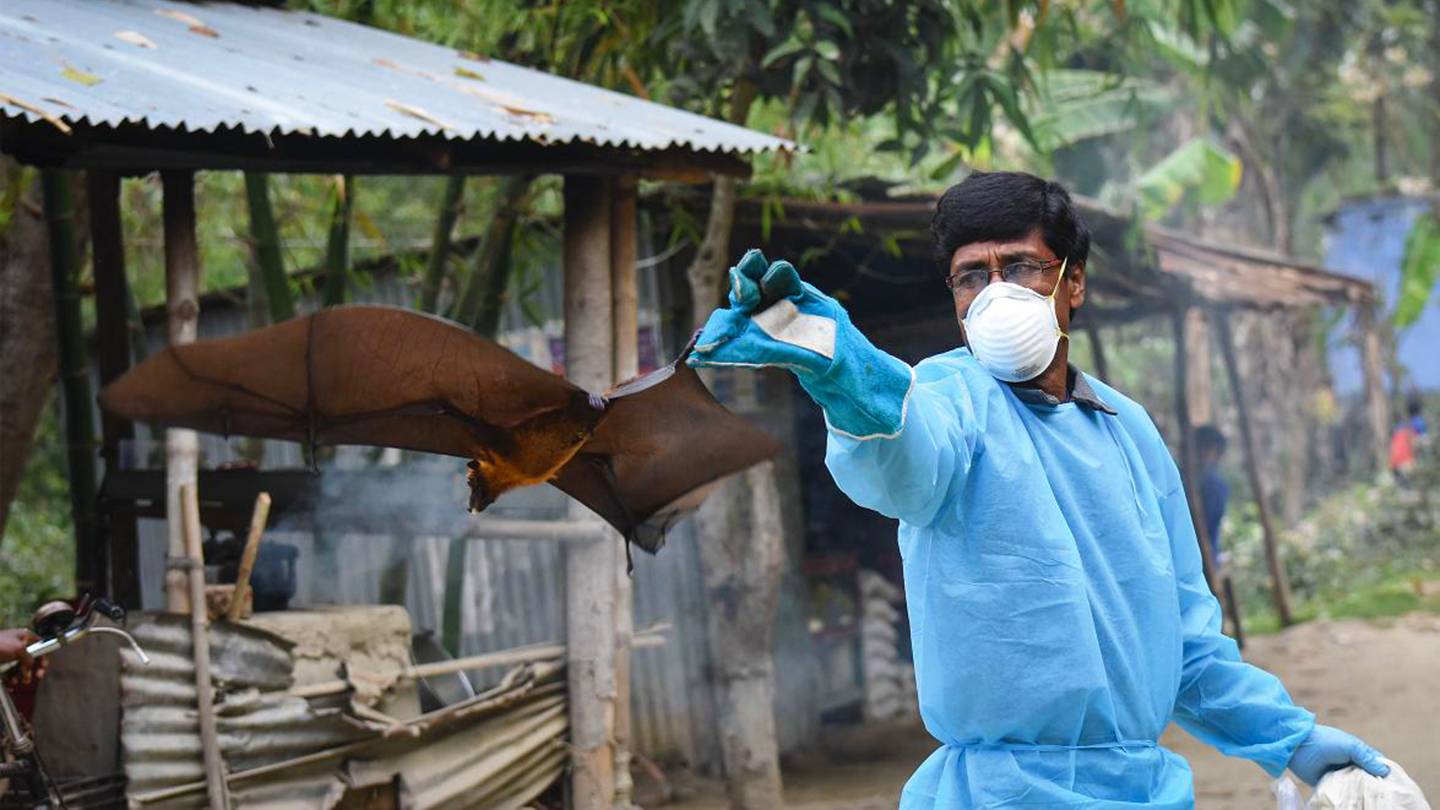
In 2001, the Nipah virus was reported from Meherpur District, Bangladesh and Siliguri, India. The outbreak again appeared in 2003, 2004 and 2005 in Naogaon District, Manikganj District, Rajbari District, Faridpur District and Tangail District. In Bangladesh, there were also outbreaks in subsequent years. In September 2021, the Nipah virus resurfaced in Kerala, India claiming the life of a 12-year-old boy.
What are the symptoms?
- Fever
- Headache
- Muscle Pain (myalgia)
- Vomiting
- Sore Throat
These symptoms can be followed by more serious conditions including:
- Dizziness
- Drowsiness
- Altered Consciousness
- Acute Encephalitis
- Atypical Pneumonia
- Severe Respiratory
- Seizures
Is there a cure?
According to the ministry, there is no definitive cure for the virus. Vaccines against the virus have not yet been developed. Therefore, it is necessary to pay attention to avoid it. To avoid the virus, people who work with or work with sick animals need to be careful.
Similarly, vegetables, fish and meat should be cooked well and fruits should be washed well. You also have to pay attention to sanitation.

The ministry said the virus could be prevented by keeping livestock and farms clean, using gloves and masks when cutting and cooking meat, drinking boiled water whenever possible, washing hands with soap and water from time to time and wearing masks in crowds.
How worrying is the Nipah virus for Nepal?
However, the outbreak of the virus was a matter of concern. But, it is important to be vigilant as the virus can be transmitted from an infected person to a human. Studies have shown that the virus can cause long-term health problems, in addition to the risk of death. Studies also have shown that “20 per cent of those infected with the virus may have some kind of problem later.
The virus can be transmitted from animal to animal, from animal to human, and from human to human. The virus can also be transmitted from an infected person to a human.
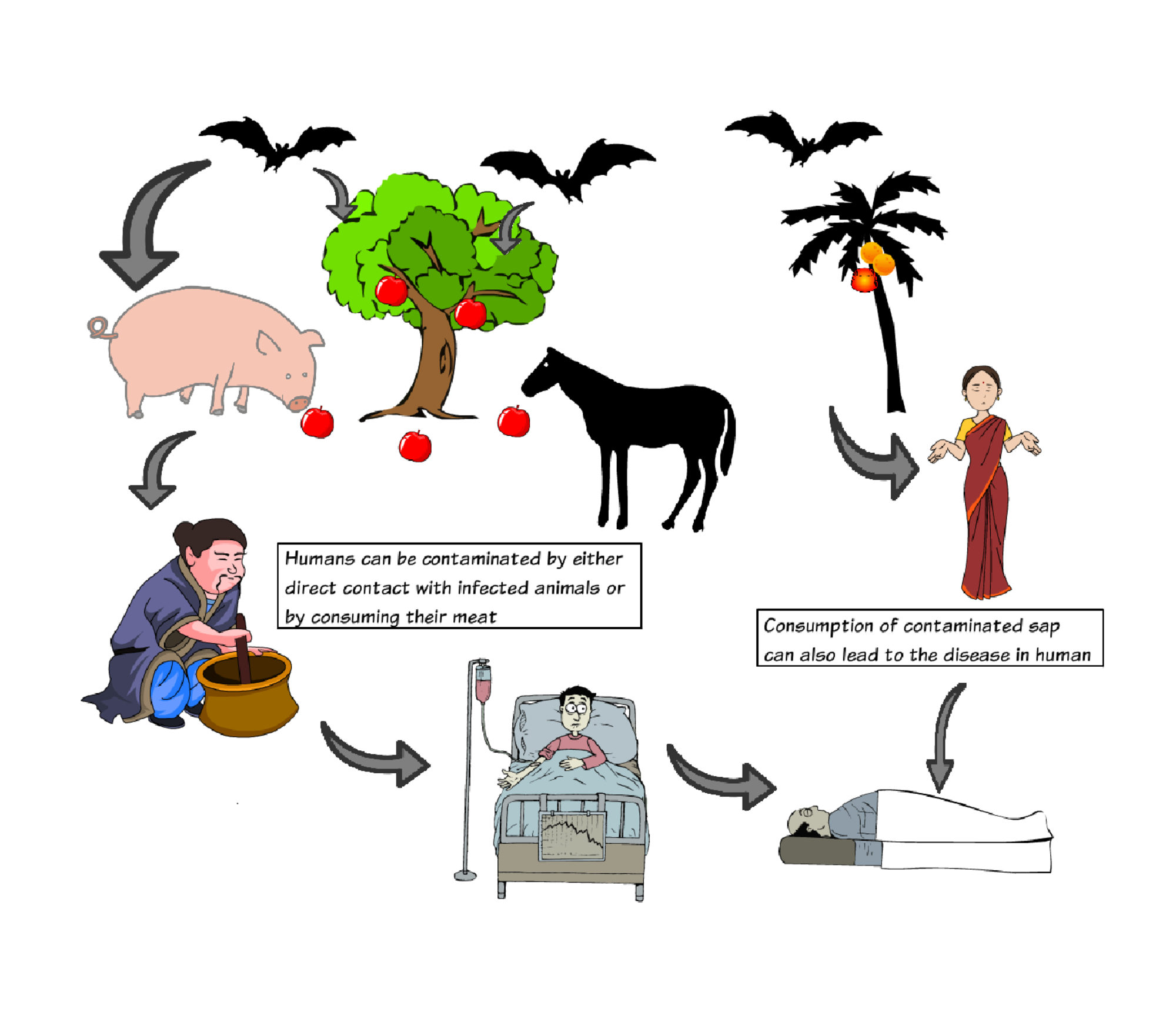
Properly cleaning fruits before consuming, eating only well-cooked vegetables, keeping cowsheds and farms clean, use of gloves and masks during animal slaughtering and cooking meat, drinking boiled water, washing hands with soap and water time and again and using of mask in public are recommended as preventive measures against the virus.



